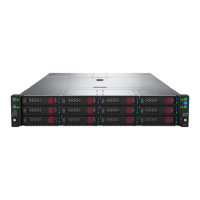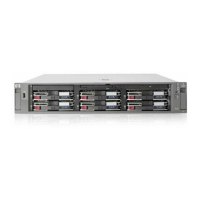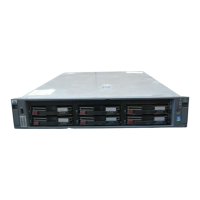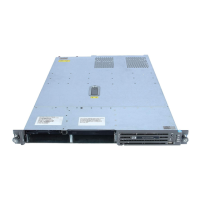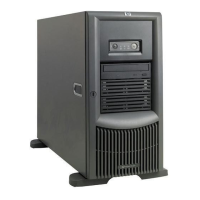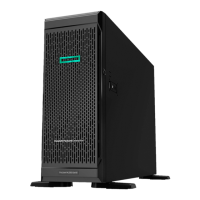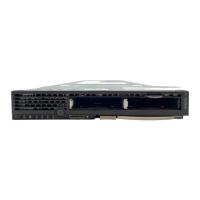6
contain several hundred cores and that the accelerator card may also have several gigabytes of
onboard memory. Many accelerator cards use 100 to 300 watts of power, which is significantly
greater than the 75 watts of power that is supported through the PCIe x16 connector. Fortunately, the
PCIe specification defines a method for supplying additional power to cards using auxiliary power
connectors on the system motherboard that connect to the accelerator cards using special cables.
Depending on their physical configuration, these cables are capable of supplying an additional 75
watts to 225 watts of power to a PCIe card. HP Product Engineering has specifically added these
power connectors to ProLiant systems to support these accelerator cards.
Electrical power consumption produces heat, and as a result of their relatively high power
consumption high performance visualization/acceleration cards place an additional burden on server
cooling systems. HP has designed advanced sensor and fan control systems into G6 ProLiant servers
to deliver the most efficient cooling possible and to support the additional cooling requirements of the
latest generation of these cards.
Capability matrix for HP ProLiant servers
Table 1provides a summary of the mechanical, I/O and power support incorporated into HP ProLiant
G5 servers to support the use of visualization and acceleration products. Included in this table are the
HP option kits for the power cables required to support them in the various servers.
Table 1. Hardware support for visualization and acceleration products in ProLiant G5 servers
ProLiant
Server
PCIe x16 I/O Support Power Support Optional Riser
Required
Power Cable
Option Kit
DL160 G5 1 full length/full height
PCIe 2.0
